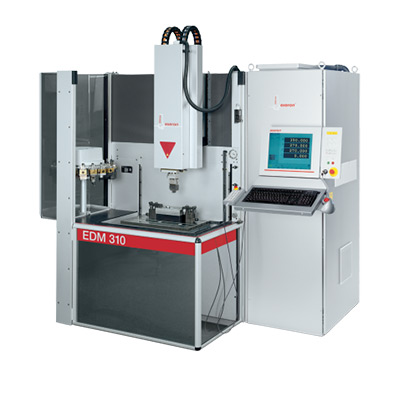Understanding R134a Refrigerant Hoses and Their Importance in HVAC Systems and Cooling Applications
Understanding R134A Refrigerant Hose A Comprehensive Guide
Refrigeration is an essential technology in our modern world, enabling food preservation, climate control, and various industrial processes. Among the many refrigerants used in these systems, R134A stands out for its effectiveness and environmental considerations. A critical component of any refrigeration system utilizing R134A is the refrigerant hose, which plays a vital role in the circulation of the refrigerant. This article delves into the characteristics, types, maintenance, and safety considerations associated with R134A refrigerant hoses.
What is R134A?
R134A, also known as tetrafluoroethane, is a hydrofluorocarbon (HFC) refrigerant commonly used in automotive and commercial refrigeration applications. It was developed as a replacement for R12, a refrigerant that was banned due to its ozone-depleting properties. R134A is non-toxic, non-flammable, and has a lower global warming potential, making it a more environmentally friendly option. However, it is essential to handle it carefully, as it can still contribute to greenhouse gas emissions.
The Role of Refrigerant Hoses
The refrigerant hose is a crucial component of the refrigeration system. It facilitates the movement of refrigerant between various system components, such as the compressor, condenser, and evaporator. R134A hoses are designed to withstand high pressures and temperatures, ensuring that the refrigerant can flow freely and efficiently.
Types of R134A Refrigerant Hoses
There are mainly two types of R134A refrigerant hoses high-pressure hoses and low-pressure hoses
.1. High-Pressure Hoses These hoses are designed to handle the refrigerant in its gaseous state, which is at a higher pressure coming from the compressor to the condenser. They are typically reinforced with multiple layers of materials to prevent bursting or leaks.
2. Low-Pressure Hoses These hoses carry the refrigerant in its liquid state back to the compressor. While they operate at lower pressures compared to high-pressure hoses, they still require durability to withstand the operating conditions of the refrigeration system.
r134a refrigerant hose

Additionally, hoses may vary in size, with diameter and length depending on the specific application and design of the refrigeration system.
Maintenance and Inspection
Regular maintenance and inspection of R134A refrigerant hoses are crucial for ensuring their longevity and functionality. Over time, hoses can degrade due to factors such as exposure to extreme temperatures, environmental conditions, and the effects of the refrigerant itself. Signs of wear may include cracks, leaks, or bulging, which can compromise the entire refrigeration system’s performance.
To maintain hoses, it is advisable to
- Regularly inspect for any visible damage. - Check connections and fittings for leaks. - Replace hoses that show signs of deterioration. - Ensure proper installation to avoid stress on hoses.
Safety Considerations
Handling R134A refrigerant and associated hoses requires certain safety precautions. Protective gear, such as gloves and goggles, should be worn to prevent exposure to refrigerants, which can cause frostbite or irritation. In the event of a leak, it is essential to ventilate the area and handle the situation with care, as R134A can displace oxygen in confined spaces.
Conclusion
In conclusion, R134A refrigerant hoses play an integral role in the efficient operation of refrigeration systems. Understanding the types, maintenance, and safety considerations associated with these hoses is crucial for anyone working in the refrigeration field. By taking proper care of R134A hoses, one can ensure that refrigeration systems operate effectively and sustainably, contributing to both operational efficiency and environmental responsibility.
-
Understanding Power Steering Tube ReplacementNewsApr.16,2025
-
SAE J1401 Brake Hoses: A Critical Component for Vehicle SafetyNewsApr.16,2025
-
Pipe Couplings: Essential Components for Effective Plumbing and Fluid SystemsNewsApr.16,2025
-
Hose Guard Solutions for Every NeedNewsApr.16,2025
-
Effective Spiral Protection SolutionsNewsApr.16,2025
-
Effective Sewer Cleaning SolutionsNewsApr.16,2025

